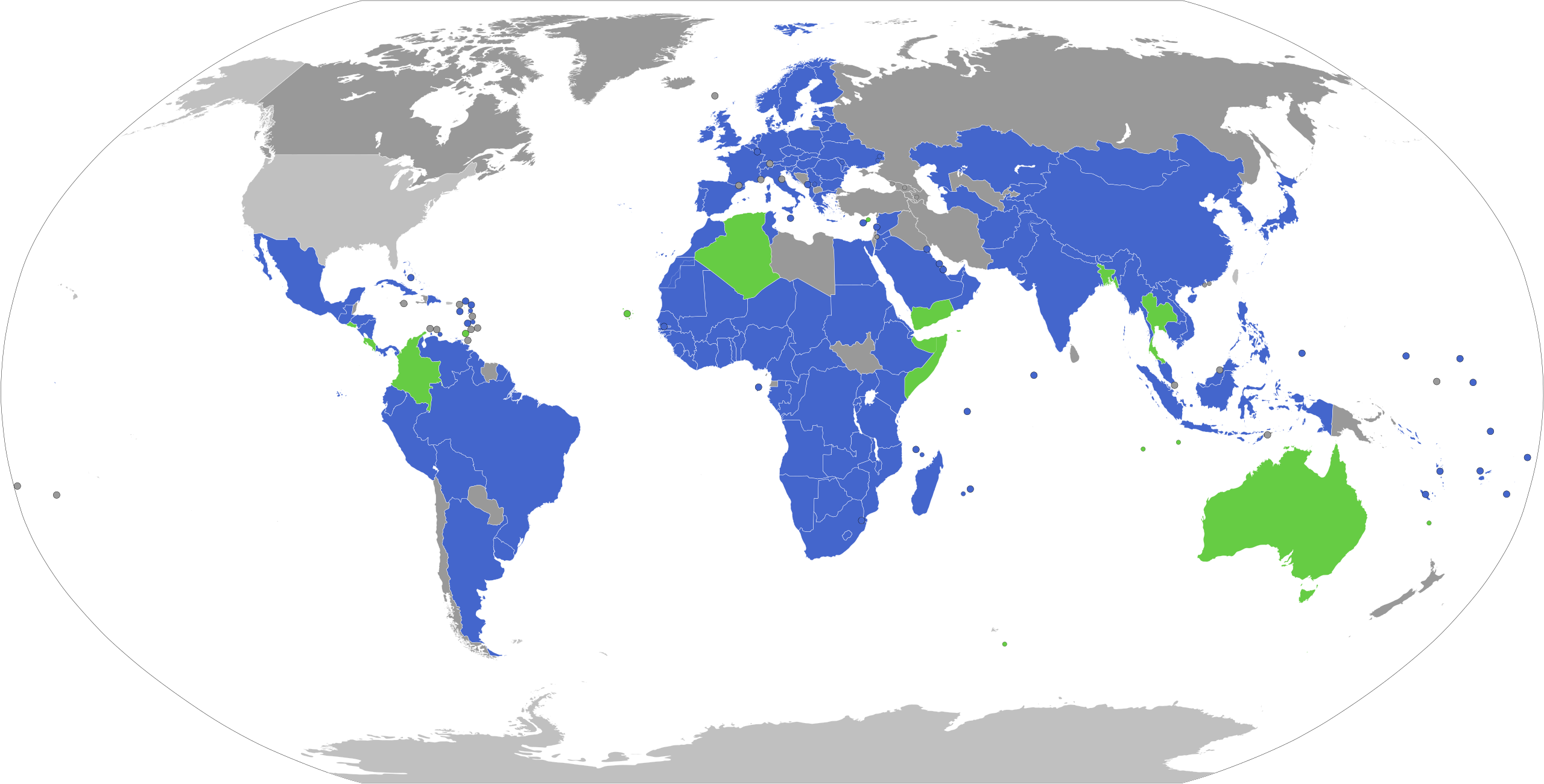Nagoya protocol
The Nagoya Protocol is an international agreement from 2010 that regulates the access to genetic resources and the fair and well-balanced sharing of the resulting benefits. Accordingly, it serves to implement the third goal of the Convention on Biological Diversity 1992 and contributes to the global conservation of biodiversity and its sustainable use.
Genetic resources or in other words the diversity of genetic information are important components of biodiversity and form the basis of every plant variety or animal breed in agriculture. Genetic resources are also used to produce active ingredients for medicines and cosmetic products. Traditional knowledge from indigenous and local communities is also often associated with this. The Nagoya Protocol regulates the following points - e.g. when using a medicinal plant for the production of a medicine:
- Those who provide the genetic resources - e.g. a medicinal plant - and the related traditional knowledge should also benefit from the resulting profits, technologies, knowledge, etc. It consists therefore a contractual obligation to equalise benefits.
- Access authorisation to genetic resources is to be regulated in accordance with the national access regulations, which will also facilitate the access to resources for companies and research institutions.
- Users of genetic resources or traditional knowledge should comply with the country-specific regulations on "access and benefit-sharing". This includes a documentation requirement and the monitoring of the use of genetic resources at defined control points (e.g. research and/or development phase, pre-commercialisation or commercialisation phase).
- Increasing legal certainty in the handling of genetic resources and the related traditional knowledge.
The provisions of the Nagoya Protocol are addressed to the parties to the protocol and must be implemented by them at national level.
So the access and benefit-sharing obligations are regulated at the national level, i.e. according to the national laws of the country providing the genetic resource. Each country can decide whether and how it regulates its genetic resources.
Switzerland has ratified the Nagoya Protocol on July 11, 2014.
Its implementation in the Natural and Cultural Heritage Protection Act came into force on October 12, 2014.
The Federal Council passed the Nagoya Ordinance on December 11, 2015.
It came into force on 1st February 2016.
L.tak, CC BY-SA 4.0 , - Wikimedia Commons
Sources:
https://www.fedlex.admin.ch/eli/cc/2014/532/de (4.6.2025)
https://www.fedlex.admin.ch/eli/cc/2016/39/de (4.6.2025)
https://www.fedlex.admin.ch/eli/cc/1995/1408_1408_1408/de (4.6.2025)
Nagoya Protocol and ABS – Simply explained | Swedish EPA (4.6.2025)
https://www.bafu.admin.ch/bafu/de/home/themen/biotechnologie/fachinformationen/nagoya-protokoll.html (4.6.2025)

